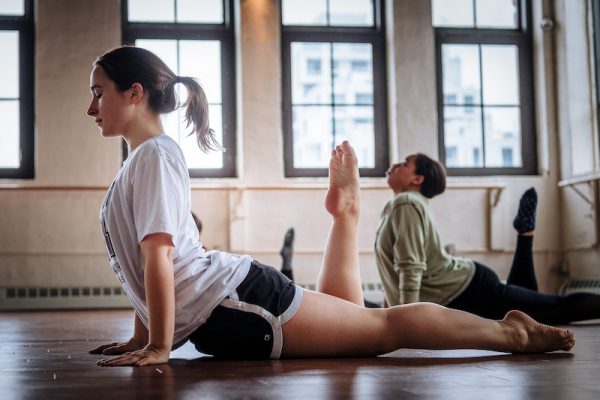In today’s world, access to the internet is ubiquitous. It’s not surprising that many young dancers are now using the internet to learn about dance. Among dance teachers, reactions to the internet are varied. Some are happy to embrace new technologies, while others find it hard to see the benefits in learning dance online.
While learning from the internet will never replace working with a teacher in studio, as a dance teacher you have a responsibility to help your students understand how to use the internet smartly and safely. And, since reliance on the internet is only going to increase, you will benefit in finding ways to use the internet to your and your studio’s advantage.
When discussing the internet and dance with your students, commit to having an open dialogue. You want your students to feel comfortable talking to you about what they’re watching online. You want them to trust you and know they can speak honestly and openly to you. Here are a few points to consider in starting the conversation.
1. Practicing and learning dance using online tools can be fun and helpful. It’s a great way to refresh your memory if the material you’re practicing is posted online, or to learn about a new dance form, but it will never replace the in-person experience of working in studio with a teacher.
2. With any dance style, from ballet to ballroom, online tools don’t provide a representation of the whole dance form. Instead, they provide a snapshot of the type of movement students can expect to encounter. It’s important to recognize that the internet can’t provide a complete learning experience.
3. If your students are trying new movements at home, remind them to be aware of their own limitations. They should never try going up on pointe for the first time at home, nor attempt any other challenging movements requiring specific technical skill. New movements should be explored under a teacher’s expert guidance, so as to prevent injury by ensuring correct alignment, adequate strength and proper coordination.
4. Teach your students to check the sources of online content. Because anyone can post material online, extra diligence is required on behalf of parents and teachers to ensure students know how to evaluate what they find. Identify websites of teachers or studios you know and trust, and encourage your students to rely on their examples, rather than what they pull up through a general Google search.
5. Consider starting a webpage or YouTube channel to post your own instructional videos, which you can then confidently recommend to your students.
The internet provides an equal playing field for everyone. A small dance studio or independent teacher can create and post content that rivals a larger establishment. However, as with any tool, using the worldwide web effectively requires understanding and practice.





